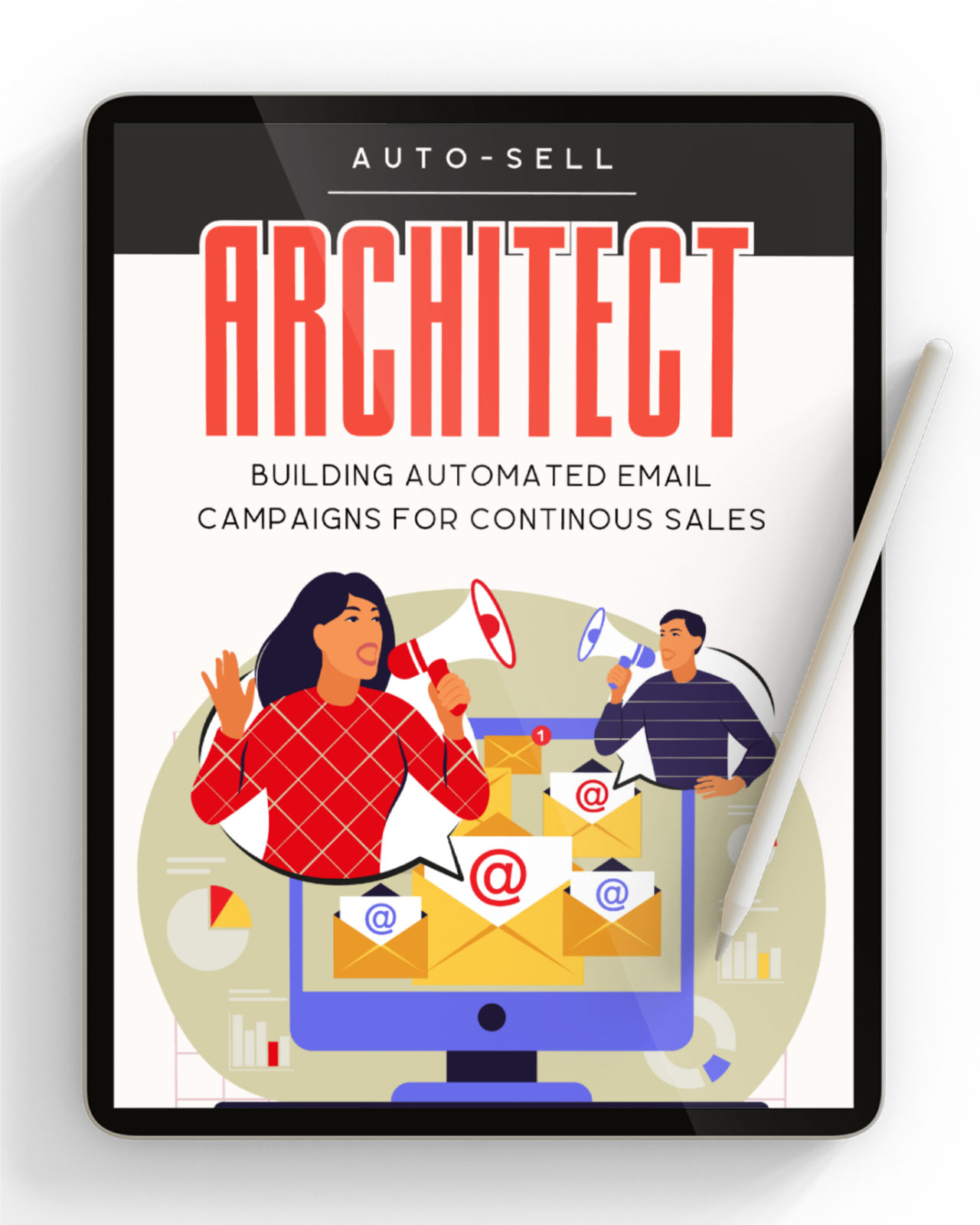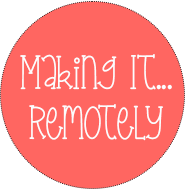Email marketing is one of the most effective ways to grow your business, build customer relationships, and drive consistent sales. If you’re brand new to this strategy, here’s a simple step-by-step guide to help you launch and grow your email list the right way.
Whether you’re a small business owner, a freelancer, or a marketer, mastering the art of email marketing is crucial for driving engagement and increasing sales conversions.
This article reviews essential email marketing tips that every beginner should know to get optimum results... with the ultimate goal of earning consistent income as quickly as possible.
Understanding Email Marketing
Before diving into the tactics and strategies, it's important to understand the role of email marketing in any successful business venture.
At its core, email marketing is the practice of sending targeted communications to a list of subscribers with the intent of nurturing relationships, promoting products, and sharing important updates.
As we'll show you, email marketing when done well, adds so much more to your ability to earn consistent income from your online business.
Stop Chasing Sales and Start Enjoying Life With Email Automation
An Email System That Works Around the Clock ⏰
This 62-page eBook is your guide to building powerful email systems that work while you live your life. Automate your marketing, nurture your audience, and generate consistent sales—without the daily hustle.

The Advantages of Email Marketing
An email list isn’t just a collection of contacts— when managed well, it can become a powerful asset that you own and control. Unlike social media followers or search engine rankings, which can disappear overnight due to algorithm changes or platform ghosting or shutdowns, your email list is yours. No one can take it away. That alone makes it worth pursuing.
Email marketing offers a number of advantages, including:
- It's Cost-Effective: Compared to traditional advertising, email marketing is more affordable.
- Targeted Outreach: You can segment your audience and tailor messages specifically for your specific niche. Create a buyer persona, that helps you fully identify your ideal customers. Once you know who you're selling to it will be easier to create content they will love receiving.
- A Valued Business Asset: Your email list becomes your audience, a group of people who specifically signed up to hear about your business. When you manage your list well, delivering consistent value, it becomes a valuable asset filled with people who know, like and trust you.
- Measurable Results: You can track open rates, click-through rates, and conversions easily. Once you have data, you will know what works and you can do more of that.
- Building Relationships: It helps in nurturing leads and fostering loyalty among existing customers. When you position yourself as an authority, you have the ability to build the know, like and trust factor. Once your subscribers trust you, they will be more likely to buy.
Understanding the advantages of email marketing is essential lays the groundwork for implementing effective strategies.
Building Your Email List
A robust, engaged email list is the foundation of any successful email marketing campaign. Building your list should be done strategically and ethically.
How to Get Started with Email Marketing
What to Look for When Selecting an Email Marketing Platform
When choosing an email marketing provider it’s important to look for a platform that’s easy to use, even if you don’t have any technical or marketing experience.
- Look for a provider with a simple drag-and-drop editor that allows you to create professional-looking emails quickly and easily.
- You’ll also want access to customizable templates so you don’t have to start from scratch every time. A good platform should help you grow your list by offering sign-up forms, landing pages, and integration with your website or online store platform.
For example, if you're using WordPress or Shopify to build your buiness, you'll want to choose an email marketing provider that integrates with WordPress or Shopify. - Another important feature to look for is automation—this means the platform can automatically send a welcome message to new subscribers, follow up with customers after a purchase, or send reminders when someone leaves items in their cart.
- You’ll also want the ability to segment your audience so you can send more targeted messages to different types of subscribers (for example, new leads vs. returning customers).
- Look for a provider that gives you clear reports and analytics so you can track how well your emails are performing and make improvements over time.
- Finally, reliable customer support, affordable pricing, and compliance with email marketing laws (like including an unsubscribe link) are also must-haves.
Watch This Video Before Selecting a Provider
Step 1: Choose an Email Marketing Platform
Start by selecting a user-friendly email marketing service. Popular options for beginners include:
AWeber (great for Etsy and eCommerce)
Mailchimp (beginner-friendly with free plans)
ConvertKit (designed for creators and entrepreneurs)
MailerLite (affordable and simple interface)
These platforms let you design sign-up forms, create email campaigns, and manage your subscribers.
Step 2: Define Your Goals and Target Audience
Ask yourself:
- What do you want to achieve with your email list? (e.g., promote products, share updates, offer tips)
- Who do you want to attract? (e.g., crafters, busy moms, new entrepreneurs)
Selecting a niche and knowing your audience will help you craft content that turns subscribers into customers.
The goal is to attract people to your business who would be a great fit for your products.
Once someone has visited your site or social media platform, using the email marketing tips in this article to get them to engage with your business.
Step 3: Create a Freebie (Lead Magnet)
People need a reason to join your list. Offer a free item that solves a small problem for your audience, such as:
- A checklist
- A template
- A mini course or how-to guide
- A discount code
Think of your lead magnet as a free sample, that shows potential customers what it's like to work with your business. It should solve one specific challenge for people in your niche and potential customers.
Make your free resource easy to consume, and even though it's free, it should offer value and quality that relates to your other products or services. Your paid products and services can be an upsell once someone has signed up for your lead magnet.
Step 4: Design an Opt-In Form and Landing Page
Use tools like Thrive Suite to create:
- An opt-in form you can embed on your landing page
- A landing page if you don’t have a website yet
Include a headline, short description, image, and the form itself. Use your landing page to describe the features, benefits and transformation visitors will make when they sign up.
Step 5: Set up a Welcome Email Series
Your welcome email series should:
- Greet your new subscriber
- Deliver the promised freebie
- Introduce yourself and your business
- Share what kind of emails they can expect
This first email builds trust and sets the tone for future communication. Read our tutorial on how to set up subsequent emails in your series.
Step 6: Promote Your Landing Page
Share the link to your landing page everywhere:
- Your website or blog
- Social media profiles
- Instagram bio or Linktree
- Pinterest pins
- Product pages or Etsy listings
- YouTube video descriptions
You can also run a small giveaway or contest to encourage sign-ups.

Step 7: Stay Consistent with Your Emails
Start sending regular emails—once a week or biweekly is great to begin with. Your emails can include:
- Helpful tips
- Behind-the-scenes content
- New product launches
- Exclusive discounts or early access
Be consistent, friendly, and helpful—not just salesy.
Step 8: Monitor and Improve
Check your email metrics: open rates, click-through rates, and unsubscribes. Test different subject lines and content to see what resonates best.
How to Grow Your Email List
Here are some effective ways to build your email list:
- Offer Incentives: Provide free downloadable resources, discounts, or exclusive content in exchange for email sign-ups.
- Use Signup Forms: Place forms on your website and social media platforms, making it easy for visitors and followers to subscribe.
- Host Webinars: Invite users to sign up for webinars or live Q&A sessions where they provide their email addresses in advance.
- Leverage Social Media: Promote your email list through your social media channels to reach a broader audience.
Each of these methods helps in expanding your reach while ensuring that your subscribers are genuinely interested in your offerings.

Creating Engaging Content
Now that you have a list, the next step is to create content that resonates with your audience. Emails should be engaging, informative, and actionable.
Types of Email Content
Consider incorporating diverse content types in your emails:
- Newsletters: Share company news, tips, and updates in a newsletter format.
- Promotional Emails: Highlight special offers, discounts, or new product launches.
- Transactional Emails: Send order confirmations, shipping notifications, and feedback requests.
- Educational Content: Provide valuable insights, tutorials, or guides relevant to your audience’s needs.
Aim to mix these types of content to keep your audience interested and returning for more.
Optimizing Your Email Campaigns
Creating the email is just the beginning. Optimizing your campaigns ensures that your emails reach and engage your audience effectively.
Best Practices for Email Optimization
Here are some important best practices to follow:
- Segment Your Audience: Group subscribers based on interests, demographics, or behaviors to send tailored emails.
- Personalize Your Emails: Use your recipients' names and provide content that aligns with their preferences.
- Write Compelling Subject Lines: Your subject line should capture attention while conveying the content’s value.
- Use A/B Testing: Test different subject lines, content, and designs to see what works best for your audience.
- Optimize for Mobile: Ensure your emails look great on both desktop and mobile devices since a significant number of users access emails via smartphones.
Following these practices can significantly boost your email open and engagement rates.
How to Measure Success
To understand how well your email marketing is performing, it’s crucial to track and analyze your results.
Key Metrics to Monitor
Here are some key performance indicators (KPIs) to consider:
- Open Rate: Measures how many subscribers opened your email. A good open rate is between 15% - 25%.
- Click-Through Rate (CTR): Indicates how many people clicked on links within your email.
- Conversion Rate: This tells you how many users took the desired action after clicking through.
- Unsubscribe Rate: Keep an eye on how many users opt-out, as this signals potential issues.
Regularly analyzing these metrics allows you to refine your strategy and improve future campaigns.
Maintaining Compliance and Best Practices
As you navigate the world of email marketing, it's important follow regulations and best practices. Compliance with laws such as the General Data Protection Regulation (GDPR) and the CAN-SPAM Act is necessary to protect your business and your subscribers.
Key Compliance Guidelines
Follow these guidelines to stay compliant:
- Obtain Consent: Always get explicit consent before sending marketing emails.
- Provide a Clear Opt-Out Option: Make it easy for subscribers to unsubscribe if they choose to.
- Be Transparent: Clearly state what users can expect from your emails when they sign up.
- Respect Privacy: Protect subscriber information and use it responsibly.
Adhering to these practices creates trust and improves long-term relationships with your subscribers.
Wrapping It Up
Mastering email marketing takes time, patience, and consistent effort. By building a quality email list, creating engaging content, optimizing your campaigns, measuring your success, and ensuring compliance, you can set the stage for effective email marketing that drives results.
Start implementing these essential email marketing tips today, and watch your email campaigns transform into a key driver of business growth. With dedication and practice, you’ll not only master email marketing but also enjoy the rewards that come with it.
Subscribe to Our YouTube Channel
We're helping creative business owners go from stuck and confused to empowered and thriving one video at a time.

